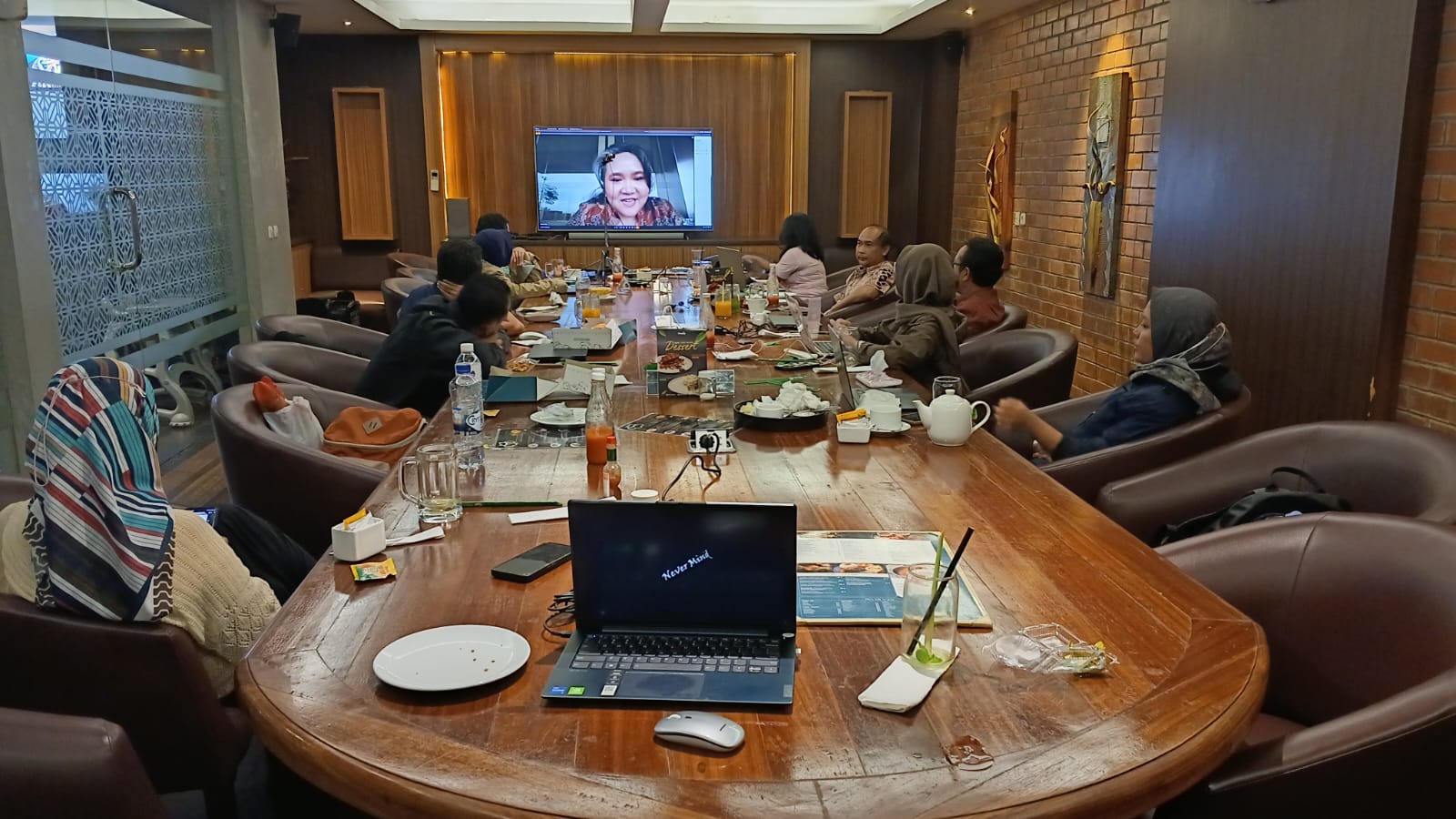
Migration and development are deeply interlinked, each exerting both positive and negative influences on the other. Appropriate development strategies can support the well-being of migrants, amplify the beneficial impacts of migration, and mitigate challenges faced by migrant communities. Migrants themselves hold considerable potential to serve as government partners and active agents in local development, particularly during the stages of migration and return when their capacities and assets are significantly enhanced. Positive contributions include remittances that strengthen household economies, the transfer of skills and knowledge, and the exchange of norms and values. Conversely, inadequate development frameworks that fail to support migration processes may give rise to adverse outcomes, such as dependence on remittances, labor market distortions, brain drain, and heightened vulnerability to trafficking in persons.
Given these dynamics, migration and development constitute critical policy concerns for the government, which must work to minimize negative impacts while maximizing positive outcomes. This is especially pertinent as Indonesia is one of the 17 pioneering countries committed to implementing the principles and 23 objectives of the Global Compact for Migration (GCM). The Indonesian government has expressed its commitment by issuing a national response to the GCM, outlining specific targets for implementation.
Migration Issues in Indonesia
Indonesia is among the world’s largest countries of origin for migrant workers, with an estimated 9 million Indonesian migrant workers (PMI) employed abroad. The actual number is likely higher due to the significant presence of undocumented workers. For example, 61% of Indonesian domestic workers in Malaysia are undocumented, the majority of whom are women (World Bank, 2017). In 2019, the Indonesian Migrant Workers Protection Agency (BP2MI)—now reorganized as the Ministry of Migrant Workers Protection (KP2MI)—reported 276,553 PMI deployments. This number declined sharply during the Covid-19 pandemic, with 113,173 deployments in 2020 and 72,624 in 2021 (BP2MI, 2020, 2021).
The enactment of Law No. 18/2017 on the Protection of Indonesian Migrant Workers (UU PPMI) marked a major shift in Indonesia’s migration governance framework. The law reduces the dominance of private actors while expanding governmental responsibilities across administrative levels—from the national government to the village. This redistribution of authority is intended to ensure more equitable protection for PMI. Ideally, the delegation of responsibilities should be accompanied by appropriate fiscal authority to enable each institution to implement migrant protection programs effectively.
Although significant efforts have been undertaken to implement the law, numerous challenges remain at the district/municipal and village levels. The national government has attempted to strengthen local participation through measures such as support for establishing One-Stop Service Centers (LTSA). Several local governments—such as Ponorogo District and Bringinan Village—have also enacted regulations specifically on PMI protection. Despite these initiatives, progress has been slow. The division of responsibilities to local governments and villages has yet to be fully realized, and no district or municipality has comprehensively fulfilled the mandates of the law, including the provision of government-funded skills training for prospective PMI, fully operational LTSA facilities, or adequate complaint-handling mechanisms.
In addition to strengthening government roles, effective implementation of the law requires heightened compliance by private sector, Indonesian Migrant Worker Placement Companies (P3MI) in safeguarding workers’ rights. Given their central role in the migrant labor supply chain, enhanced government monitoring is essential to ensure that P3MI meet service standards and uphold migrant rights. Oversight can be reinforced through the legal framework and human rights principles. The National Human Rights Commission (Komnas HAM), for instance, has issued guidelines for assessing private-sector compliance with the “respect” pillar of the UN Guiding Principles on Business and Human Rights (UNGPs).
Developing Practical Guidelines for Districts, Villages, and Private Sector
To respond to ongoing migration challenges, INFEST, in collaboration with the International Organization for Migration (IOM), is developing a series of practical migration governance guides for district and municipal governments, village administrations, civil society organizations, and private sectors. These guides, designed as accessible pocketbooks, aim to support stakeholders in fulfilling their respective roles in migration governance and development. Four guidebooks are being developed are 1) Introduction to Migration and Development; 2) Migration Governance Guide for District and Municipal Governments; 3) Ethical and Fair Recruitment and Monitoring Private-Sector Compliance to Uphold Migrant Workers’ Rights; and 4) Migration Governance Guide for Village Governments.
The development process began with research to map stakeholder needs, institutional linkages, and current migration governance practices. The guidebooks will be piloted through capacity-building initiatives in East Lombok District, West Nusa Tenggara, and Cilacap District, Central Java, accompanied by intensive mentoring for each target group in 2026.
The initiative pursues four core objectives, comprised are 1) To provide migration management guidelines for local governments grounded in the Migrant Workers Protection Law and the UNGPs; 2) To promote ethical and fair recruitment practices and strengthen private-sector compliance with fundamental migrant worker rights; 3) To enhance data management and public service delivery for migrant protection, including complaints mechanisms, information dissemination, and documentation of migration processes; and 4) To strengthen the technical capacities of government staff in service delivery, policy formulation, and migration monitoring.
INFEST hopes that this series of guides will contribute to advancing safe, orderly, and regular migration, thus maximizing migration’s positive impacts while reducing its negative consequences.
